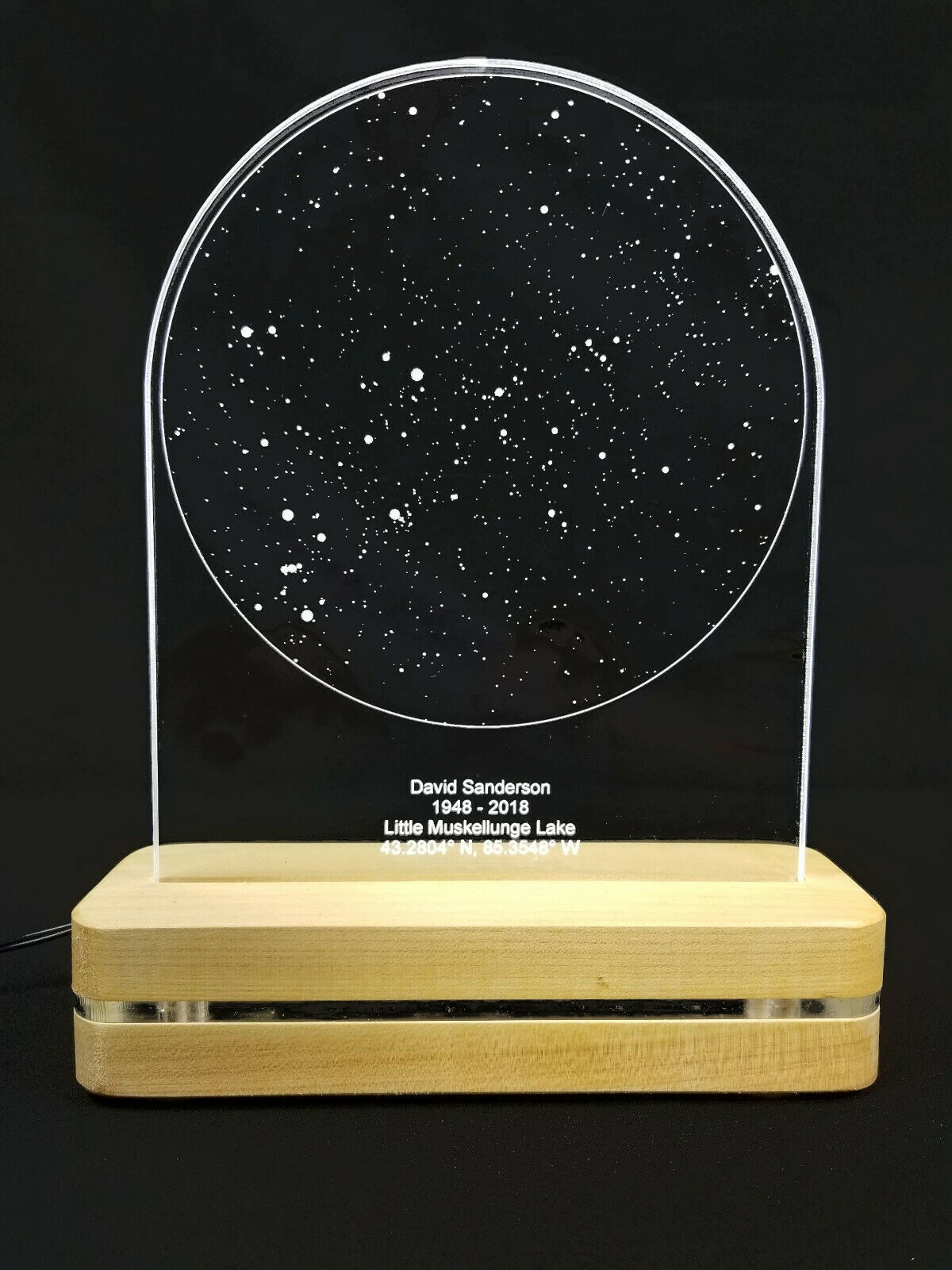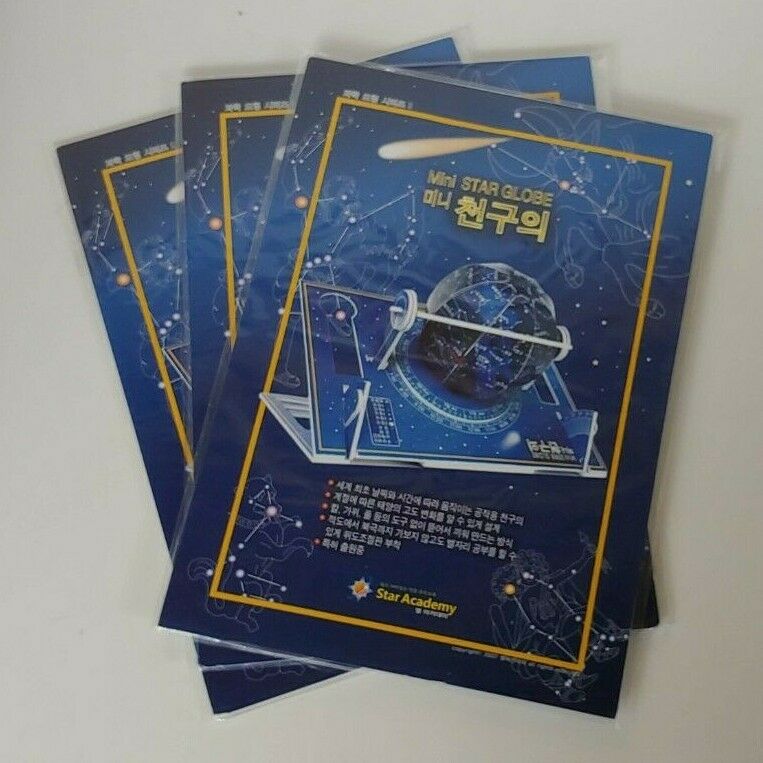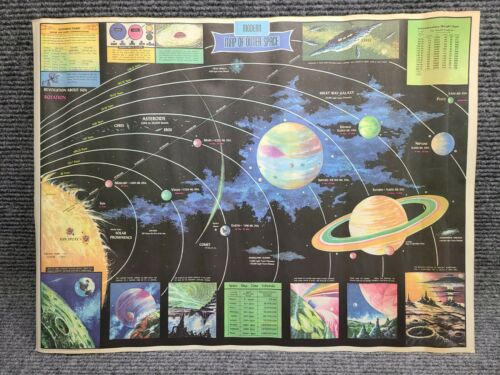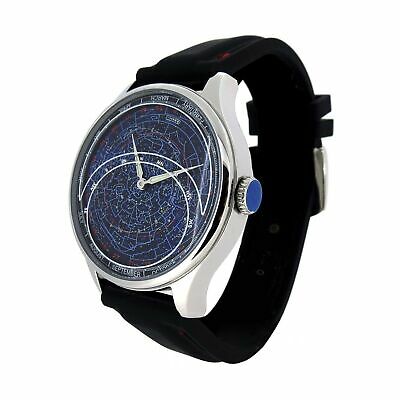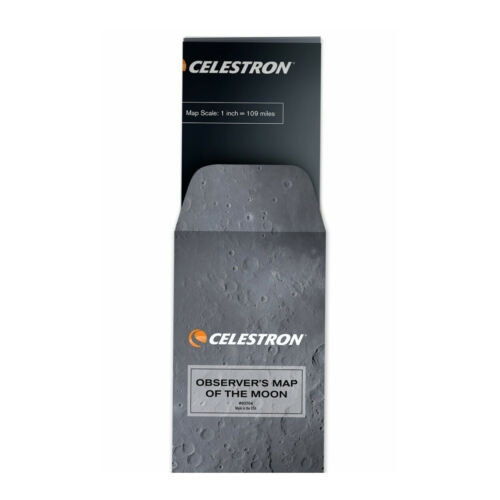-40%
X-RARE Chinese Tang Dyn.7.5" Bronze Mirror: Sun, Moon, Earth, 5 Planets & Stars
$ 7128
- Description
- Size Guide
Description
Ancient CivilizationsAntiques, Artifacts & Fine Collectibles
Ancient Chinese Celestial Bronze Mirror
Sun, Earth & Moon with 5 Planets and 4 Constellations
Two Inscription Characters: Heaven & Earth
Tiāndì
(
天地)
c. Tang Dynasty
618—907
“A mirror is for oneself to look into and see their own visage.
Presented to others, it is meant to reflect the auspicious and inauspicious
and to provide a perspective on past, present, and future.”
~From a petition dated to 736 by Zhang Jiuling (678–740)
to Tang Emperor Xuanzong on his birthday entitled:
“
Record of the Thousand-Autumn Bronze Mirror
”
OVERVIEW
This ancient and VERY RARE Chinese Bronze Mirror and Map of the Sun, Earth, Moon, and Celestial Planets & Constellations/Asterisms measures about 7.5” (19 cm) in diameter and .26” (6.73 mm) at the edge, and dates to approximately the Great Tang Dynasty (618—907) or perhaps earlier. This mirror weighs 23.9 oz. (677 grams) and is authentic and original with no repairs, restorations, or cleaning.
This treasure will come with a COA from ANCIENT CIVILIAZATIONS if requested.
This stunning mirror has a scalloped, blossom-like edge with six lobes—likely a reference to a blooming lotus blossom—a common theme during the Buddhist dominated the Tang Dynasty.
This ancient bronze mirror has an authentic patina with malachite and azurite encrustations and some very heavy pitting and oxidation
. {Please see macro photos.}
Note: The mirror side is cast slightly convex, another sign that this mirror dates to the Tang Dynasty and is
not
one of the modern reproductions that have perfectly flat mirrors without that slight concave feature.
The once highly polished front side of the mirror was likely once coated with mercury or silver to better reflect the image of its owner.
Weathering and time have corroded the once highly polished surface that now show period correct oxidation of the bronze, with both blue and green oxidation (from the malachite in the surrounding soil interacting with the bronze) that is typical of bronze that has been buried for over 1,000 years.
This celestial design on the reverse side of the bronze mirror is EXREMELY RARE!
The Sun and the crescent shaped Moon are clearly depicted above the center boss, which represented Earth and was thought to be the center of the universe in ancient China.
Since ancient times, the lunar landscape occupied a special place in the Chinese imagination and takes on a distinct character.
The Moon was thought to be a nebulous sphere—at once watery and crystalline—and not the barren and dusty planetoid our modern lunar rovers now have shown it to be.
In addition, there are representative images of star map that includes five planets (shown as triangles) and four constellations or asterisms!
Note: The term asterism does not now usually refer to a constellation, but to a star pattern that makes up part of a constellation or that includes stars from more than one constellation.
In ancient China, the three “Great Asterisms (Chen) were the Big Dipper, Antares—the Fire Star, and a set of stars beneath Orion’s belt that represent the Warrior’s Dagger (fa). {Cook, pg. 303-304}
In ancient China, the five brightest planets—Mercury, Venus, Mars, Jupiter and Saturn—could be observed with naked eye.
The telescope was not introduced into China until the 17
th
century.
The five planets are believed to be depicted on this bronze mirror by a five, triangle-shaped figures that very in size according to the size and brightness of the five planets.
The two triangles at the top likely represent the two smallest planets—Mercury and Mars.
Mercury is the smallest of the visible planets and is depicted next to the crescent Moon and Mars is shown right at the top of the mirror.
While the three other three visible planets (including the largest—Jupiter) and four constellations are also depicted on the back of the mirror.
In ancient Chinese, this triangular shape is also the character “
Chi
” and represents the notion of “union, of assemblage, grouping, or a junction of different elements.”
This character can also be translated as “sight” or “brightness.”
There are two large characters cast into the mirror between the Sun and Moon.
{See photo #3}
The top character
天
is “
Tian
” and is literally translated as “The Great Heavens” or “Heavens.” {pgs. 26 & 156}
The bottom character appears to be an ancient version of
地
or “Di” and is literally translated as “Earth.”
Therefore, this compound character could be translated as:
Heaven & Earth or in Chinese
Tiāndì
天地
.
But taken together, they can form the Chinese image or proverb: “
An Upstanding and Dauntless Person
” or an “
Undertaking with Indomitable Spirit
.”
This mirror was likely a gift to an influential member of the imperial court.
In Tang times, the best bronze mirrors were produced in Yangzhou, China, a prosperous metropolis in the lower Yangzi River basin.
Bronze mirrors are traditionally invested with the symbolic power to avert calamities and ward off Evil Spirits.
In addition, this mirror may have been made to honor an astronomer such as Wu Xian (Chinese:
巫咸
), who was an ancient Chinese Shaman.
Wu (Chinese:
巫
; pinyin:
wū
; Wade–Giles: wu; literally means "shaman") who have practiced divination, prayer, sacrifice, rainmaking, and healing in Chinese traditions dating back over 3,000 years. Wu Xian lived in the Shang dynasty (c. 1600–1046 BC) of China. He is considered as one of the main ancient Chinese astronomers alongside more historical figures such as Gan De and Shi Shen, the latter two of whom lived during the Warring States (403–221 BC).
He has also been represented as one of the "Three Astronomical Traditions" on the Dunhuang map which was made during the Tang dynasty (618–907).
MIRRORS in Ancient China
Simple undecorated bronze mirrors first appeared during Neolithic times while the earliest decorated mirror, which was discovered in a tomb in Qinghai Province, dates to the Xia Dynasty (2100-1600 BC).
In terms of quality and production, the period from the Warring States (475-221 BC) through the Tang Dynasty (618-907 AD) was the heyday of Chinese bronze mirrors. By the middle of the Qing (Ch’ing) Dynasty (1644-1911 AD), bronze mirrors began to be replaced by glass mirrors and the 4,000 year history of bronze mirror use was nearing its end.
Mirrors were believed to have strong amulet powers that could ward off evil spirits. An invisible demon would flee when it saw its reflection in a mirror. Since it is believed that this mirror was used to provide protection, the mirror was probably hung with the inscription side facing outwards.
Mirrors used for this purpose frequently had concave surfaces on the side with the inscription and decorations. This mirror is concave on its inscription side, as the Chinese believed a concave mirror would “invert” the image of a ghost, and thus “overturn” or repel any evil influences.
For this reason, Daoists often wore these mirrors hanging down the back to protect against being blind-sided by a ghost. These mirrors were given as wedding and birthday gifts and hung in traditional Chinese houses in order to scare away evil spirits and to bring good luck and prosperity. Daoist priests also used the concave bronze mirrors to collect dew which, because of its “purity,” was used in rituals.
Bronze mirrors were produced in China from Neolithic times until the early Qing Dynasty, when Western glass mirrors were brought to China. Bronze mirrors were usually circular, with one side cast slightly convex and then polished smooth and coated with mercury, to give a best reflection. The reverse side was cast with a variety of designs. They often had a knob in the center, called a “boss,” so that they could be attached to a belt or clothing.
Right from the Warring States period onward, the bronze casters knew that they could achieve a silver effect by upping the tin content in the bronze to over 20%, even 30% was better still. Bronze mirrors remained popular through the Song Dynasty and only ceased to be produced after the Western mirrors were introduced during the Ming and Qing dynasties.
The shiny surface on the face of Chinese bronze mirrors generally comes from the composition of the bronze itself and the method of its polishing with a mercury coating. That kind of bronze is sometimes known as “white bronze.”
The smooth, bronze surface was polished with mercury, frequently mixed with powdered tin, to achieve a bright silver finish. This had to be done every year or so.
In a scene in the wonderful Ming novel
'Jin Ping Mei'
(
The Golden Lotus
), the women are waiting impatiently for the itinerant mirror-polisher to come around because they can't see their beautiful faces any longer. When he finally shows up, they are overjoyed; he puts fresh surfaces on their mirrors, reportedly- "
as clear as an autumnal pool
."
CONDITION
Museums and modern archeological studies usually use the general term “copper alloy” instead of just the term “bronze” to describe these ancient treasures, as many other elements (such as tin, lead, zinc, iron, and even arsenic) were added to the copper to form different strengths of types of bronze items. Ancient bronze artifacts such as this mirror are probably about 80% copper and 20% tin, while modern bronze is closer to 88% copper and 12% tin.
It has a wonderful old, patina that is absolutely fabulous: a greenish patina from the malachite in the surrounding soil and some dark red patina from the cupite and iron in the soil. This combination of colors forms a fantastic patina that is typical of bronze that has been buried for over 2,000 years. Close examination with a microscope under natural and black light reveal it to be 100% authentic and cast by hand in a sand mold.
One interesting property of bronze is that once it has oxidized superficially, a copper oxide layer is formed on the surface and essentially protects the object from further damaging corrosion. This protective layer turns in another compound, called copper carbonate for you scientists out there, which protects most bronze pieces from further corrosion.
I have carefully examined this mirror under magnification and it shows authentic and original signs of weathering and ground contact that help to further authenticate it as an ancient piece. It shows green oxidation, heavy pitting and erosion on both sides, especially on the mirror side.
I
Guarantee
this bronze mirror to be authentic or your money back! You will not be disappointed! It is exceeding rare to find silver plated bronze mirrors for sale. It is a museum quality, ancient Chinese work of art.
It is a wonderful piece and would look great displayed next to your other fine ancient Chinese jade and bronze pieces!
ESTIMATED VALUE
This EXTREMELY RARE mirror has an appraisal estimate of US ,000--,000 and you can purchase it for much less than that price.
It will come with a Certificate of Authenticity (COA).
Provenance/History
I obtained this mirror directly from at auction in Hong Kong, China, and I Guarantee it to be original and authentic.
This is the first time this cosmic bronze mirror is being offered for sale in the United States. It came from an old private collection in China and is currently in my private collection in Washington State, USA.
It is a wonderful piece and would look great displayed next to your other fine ancient Chinese jade and bronze pieces or celestial maps!
Please examine the photos taken indoors carefully as they are part of the description.
Please ask any questions you may have before you bid! Thanks for Looking!
Per e-Bay's rules, PayPal only please! All Sales are Final!
THANKS!
FREE SHIPPING cost includes Insurance and is accurate for all 50 United States.
International Buyers are responsible for all excise, sales, taxes, as well as shipping and insurance costs.












